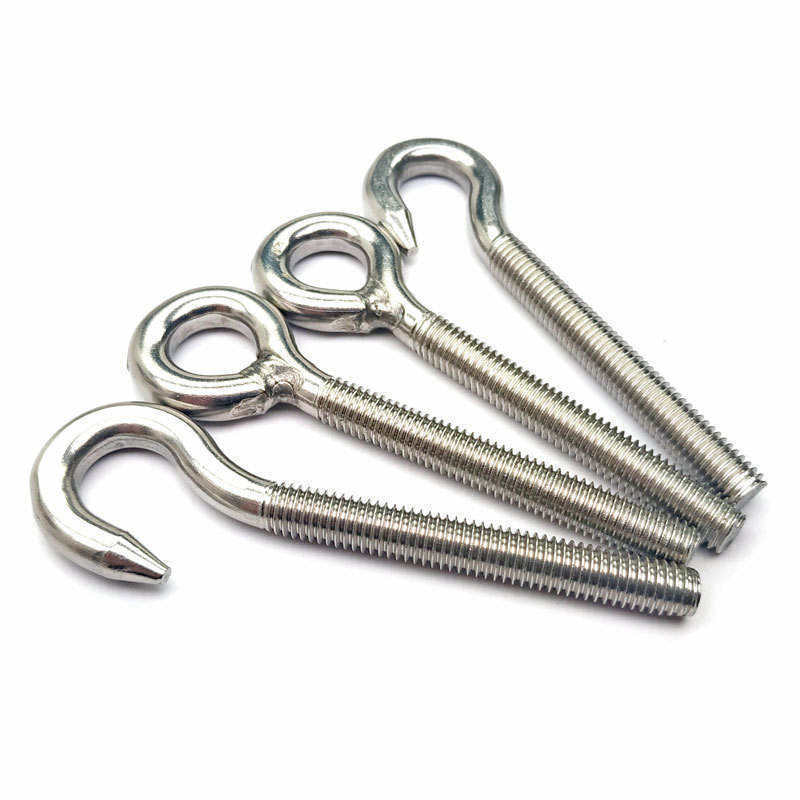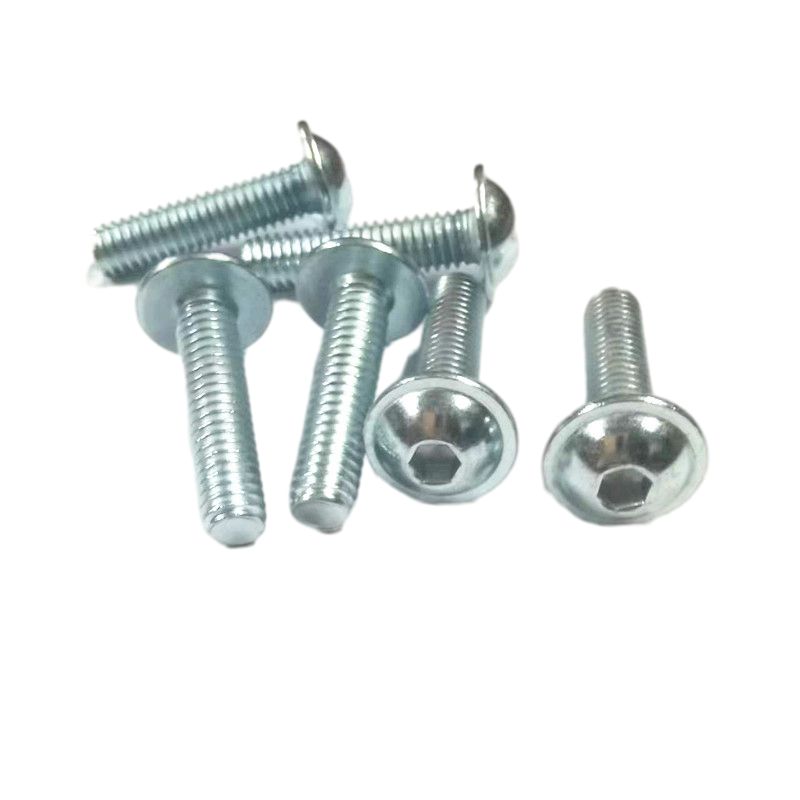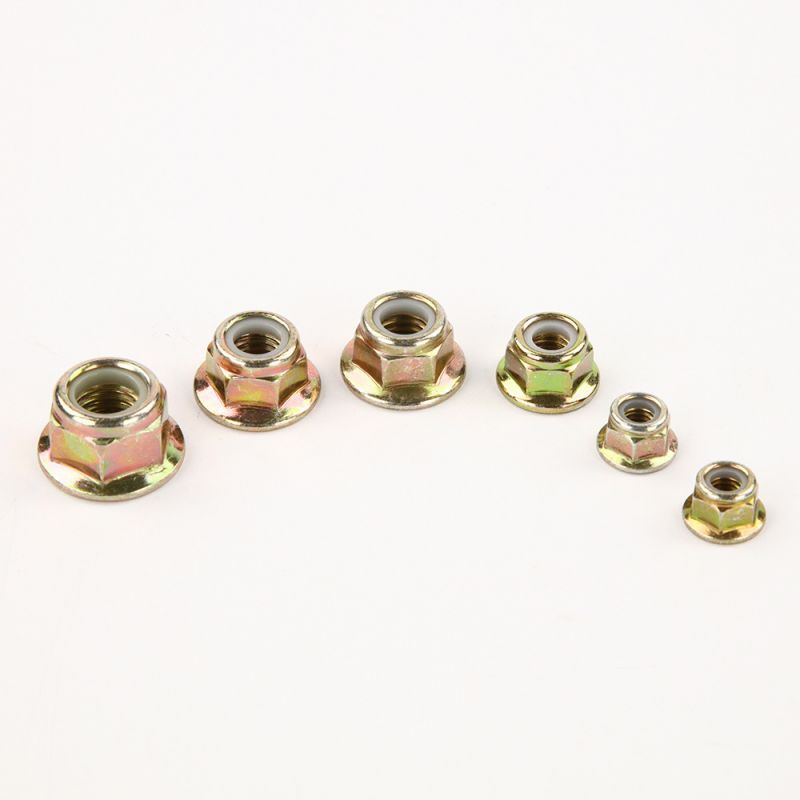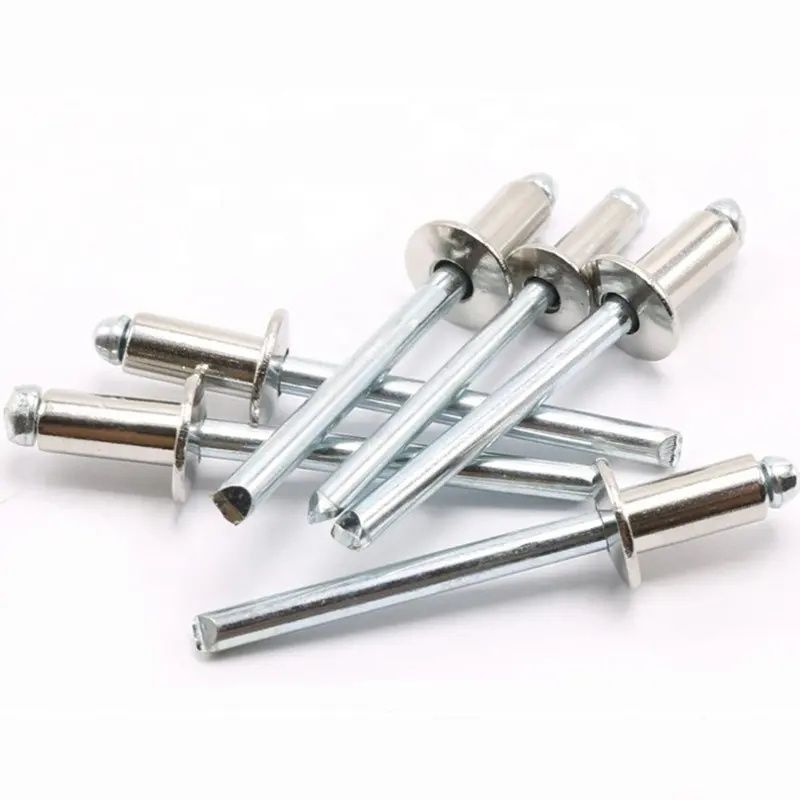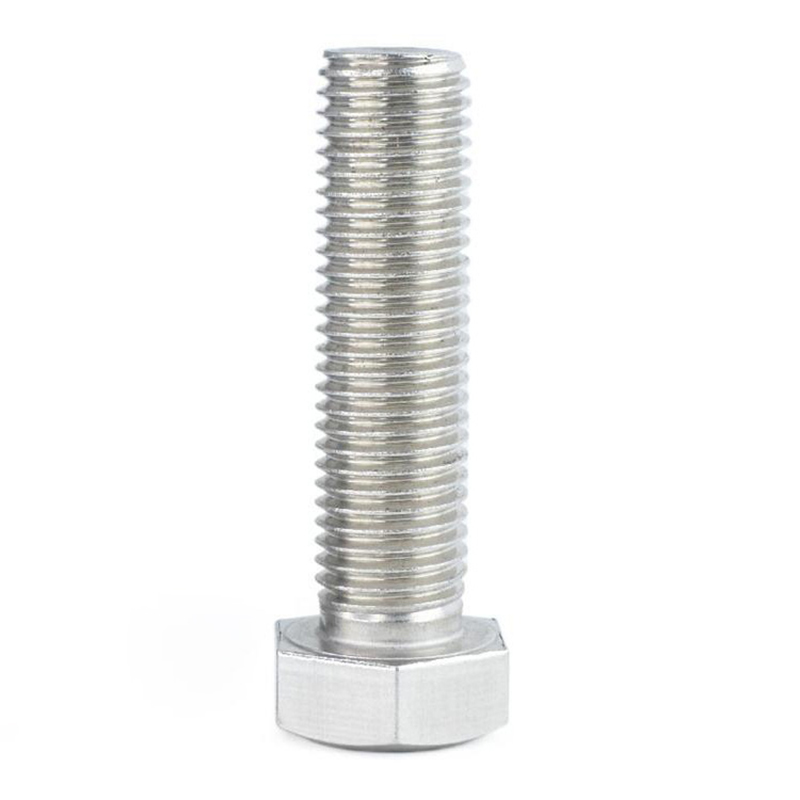When it comes to mechanical assemblies, flange bolts play a crucial role in ensuring structural integrity and load support. These specialized fasteners are designed not just to hold components together but also to bear significant loads. But how does the design of a flange bolt influence its load-bearing capacity? This article will delve into the intricacies of flange bolt design, exploring how various factors contribute to their effectiveness in load-bearing applications.
Understanding Flange Bolt Design
Flange bolts are characterized by a wide, flat bearing surface that helps distribute the load over a larger area compared to standard bolts. The design often includes a circular or hexagonal head, which minimizes stress concentration at the joint interface. This design is essential for applications where vibration, shock loads, or dynamic forces are present.
One key factor in the design is the flange's diameter. A larger flange diameter increases the contact area, which can significantly enhance load distribution and reduce the risk of deformation. According to engineering studies, bolts with a wider flange can bear up to 30% more load compared to those with a narrow flange, making it a critical design consideration for heavy-duty applications.
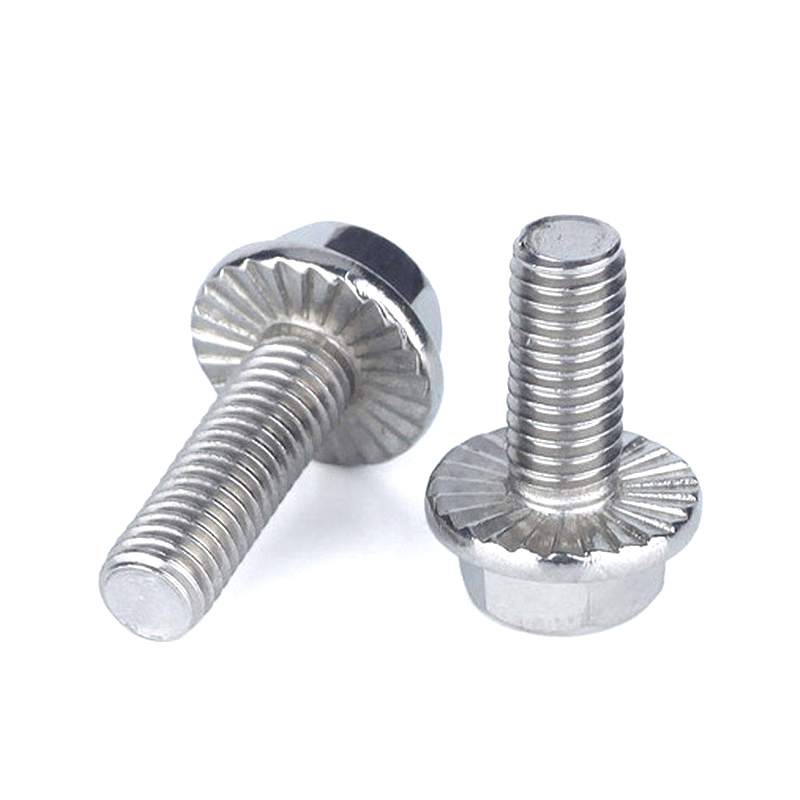
Material and Coating Considerations
The materials used in flange bolt construction also greatly affect their load-bearing capacity. Common materials include steel, stainless steel, and alloys, each offering different strength properties. Higher strength materials can withstand more load, while also being resistant to corrosion, which is vital for longevity in outdoor or marine environments.
Moreover, coatings such as zinc plating or powder coating can enhance the bolt's durability and resistance to environmental factors, further contributing to its load-bearing performance. According to a report by the Fastener Quality Act, the right material and coating can improve a bolt's lifespan by 50% under harsh conditions.
Thread Design and Load Capacity
The threading of a flange bolt is another critical aspect that influences its load-bearing capacity. The pitch and depth of the threads determine how well the bolt can engage with the nut or tapped hole. Coarse threads are typically used for applications that require quick assembly and disassembly, while fine threads offer better load distribution and resistance to stripping.
Experts suggest that using fine threads can increase the load-bearing capacity by 20% due to their superior engagement. Additionally, the design of the thread profile can also affect the bolt's performance under shear and tensile loads. A well-engineered thread design ensures that the bolt can handle both axial and lateral loads without failure.
The design of a flange bolt is not merely an aesthetic consideration; it directly impacts its load-bearing capacity and overall performance in mechanical assemblies. From flange diameter and material selection to thread design, every element plays a crucial role in ensuring that the bolt can withstand the demands of its application.


